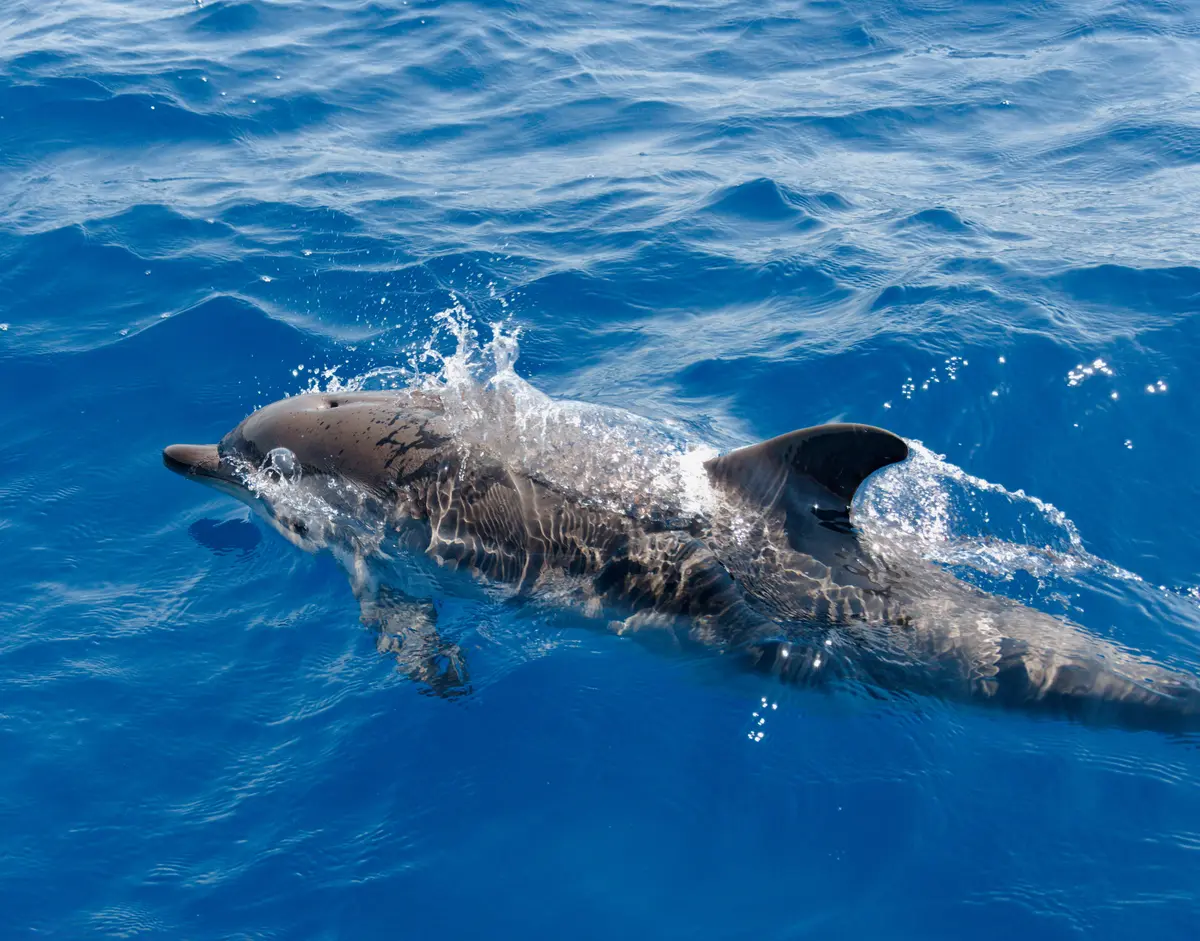Journey to the Tafoni of Calanna, Calabria's Cappadocia
Calanna, between Mediterranean geology and archaeology

Sport and nature
Proloco Calanna
Have you ever heard of the "Cappadocia of Calabria"?
It is located in the province of Reggio Calabria, and its geology is so special that it is reminiscent of the famous "Fairies' Chimneys" in Cappadocia, the Anatolian region north of Turkey.
We are in the municipality of Calanna and the formations in question are the "Tafoni di Calanna", veritable sandstone colonnades designed over the centuries by atmospheric agents.
All around, a crystal-clear sea and fascinating archaeological sites to visit.
In the Calabria Cappadocia: the Tafoni of Calanna
Positioned at the edge of the Gallico-Calanna expressway, framing the already legendary panorama of the Strait of Messina, the Tafoni di Calanna, similar to Pillars of Hercules, mark the passage to the most ancient dimension of the Mediterranean, made up of geological formations that recall a bygone era and the ancestral custom of "living in a cave".
The etymology of the word "tafoni" is of certain Mediterranean derivation: it may come from the Greek taphos (tomb), a word that in the Corsican language also flows into taffoni and taffonare (windows, perforate).
These gigantic blocks of sandstone, moulded into the form of columns by the centuries-long action of atmospheric agents, are very reminiscent of the more famous "Fairies' Chimneys" and, in general, of the widespread pale, marly-sandy geologies found throughout the Mediterranean basin (gullies, etc.), whose whiteness creates a magical contrast with the turquoise background of the sea.
Up close, it is possible to distinguish small fossil remains embedded in the walls (pectinidae).
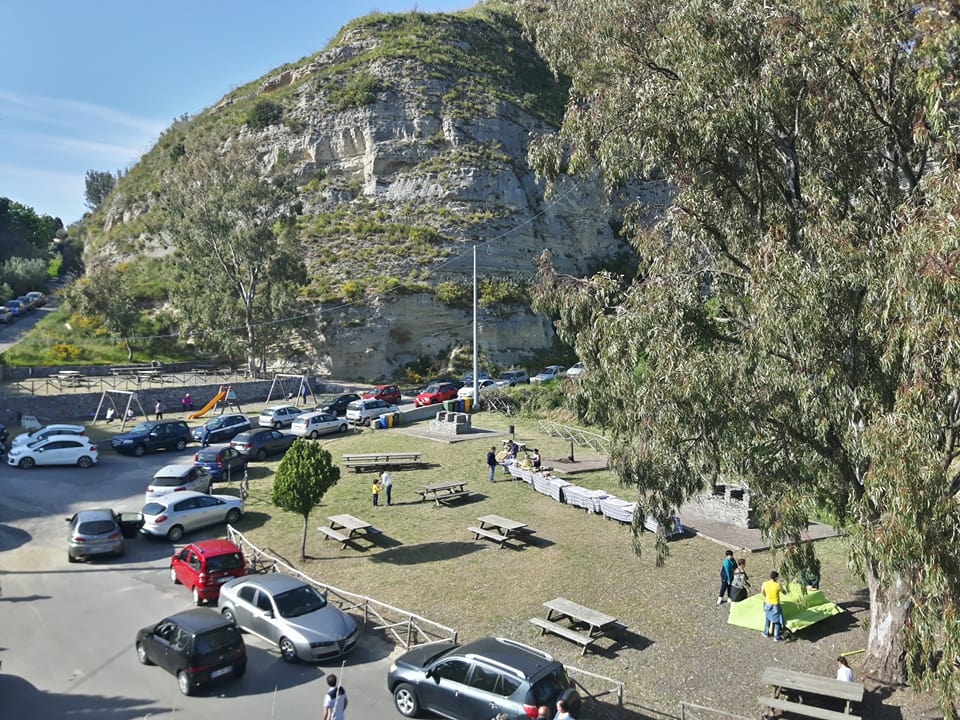
The history of the Tafoni of Calanna is interesting because it harmoniously intertwines the natural and man-made landscape.
Between the 19th and 20th centuries, in fact, the community used the tafoni and the more or less natural cavities that opened up inside them as shelters for shepherds and their animals, as well as refuges during the great wars.
Calanna and surroundings, what to see and do
In the same district affected by the tafoni, a very impressive Iron Age rock necropolis was discovered in the 1950s, entirely excavated in the wall of shell sandstone: it consists of 10 cave and oven tombs, inside which were several skeletons lying in the foetal position.
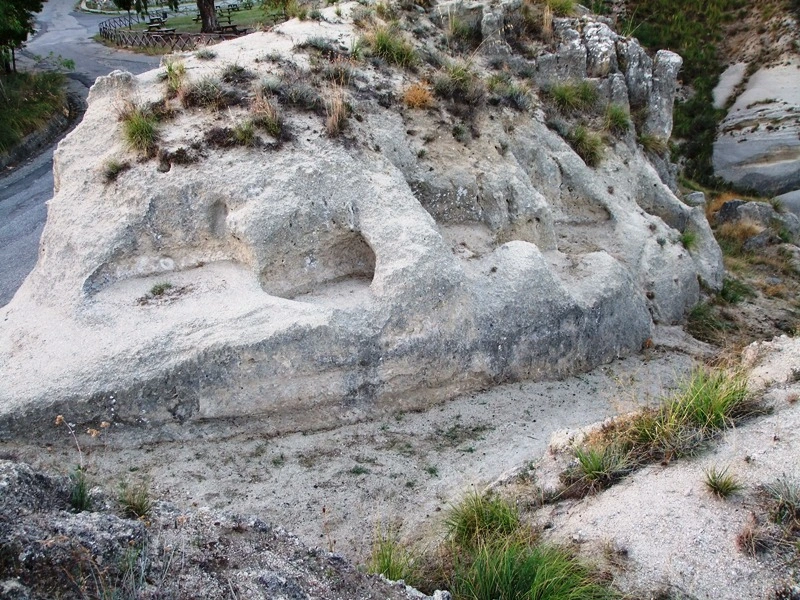
Since little is left of the original site, to learn more about its history and archaeology, a visit to the Archaeological Civic Museum of Calanna, a short distance from the site, is recommended. Here, most of the artefacts unearthed during the various excavation campaigns are on display (another part is in the National Archaeological Museum of Reggio Calabria): ceramics, tools, grave goods and women's clothing.
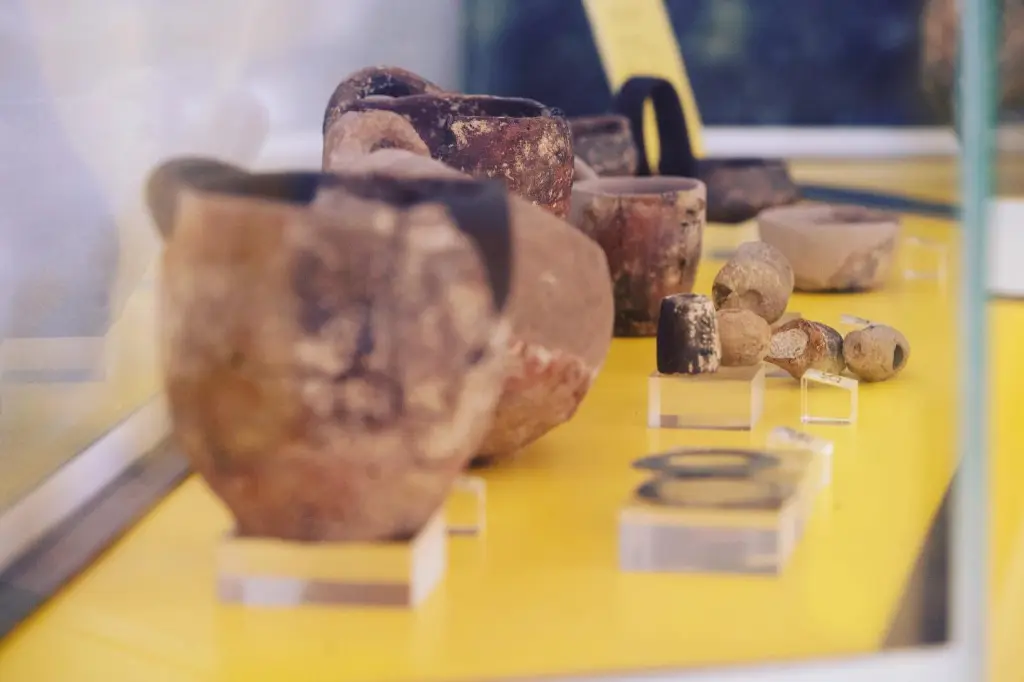
In ancient times, Calanna was one of the hamlets of Reggio Calabria and in the Middle Ages one of its hill defence systems.
Even today, on the top of the hill where the village stands, it is still possible to see the remains of the ancient Calanna Castle, which since the Norman era was a popular destination for the noble families that succeeded one another in power over the centuries, being in a strategic position to control the Strait of Messina and the Gallic River.
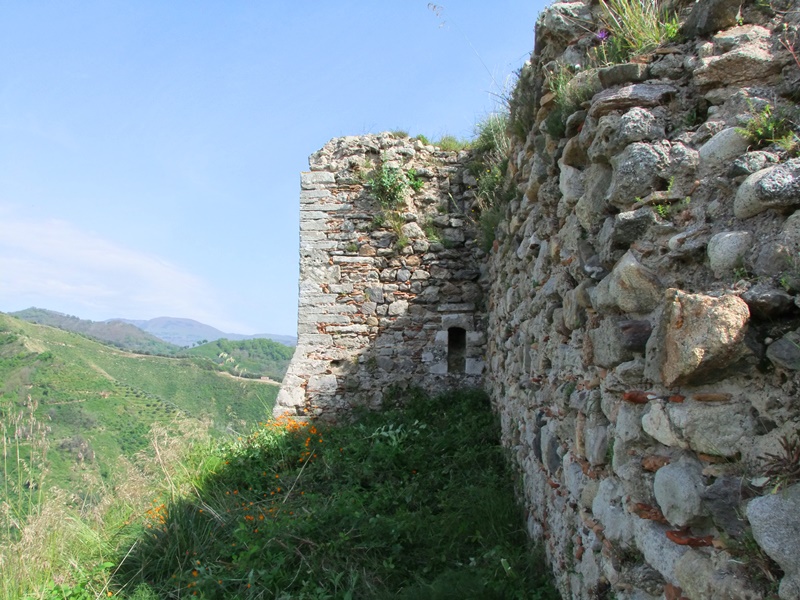
Also interesting is a visit to the Church of Santa Maria del Rosario, inside which one can admire a series of reused columns from the Byzantine and Norman periods.
The peasant and popular life of Calanna is well represented by the Old Oil Mill and Attinà Palmento of Villamesa, active until the early 20th century and the subject of a renovation that will soon see it used as a Museum of Peasant Culture, with an exhibition hall and tourist infopoint.

Also not to be missed is the permanent painting exhibition housed in the town hall, which is the result of the annual painting competition held in Calanna, organised by the Pro Loco, and which includes around 50 works by more or less established artists.
Nature lovers are located at the foot of the Pollino National Park and can set off from Calanna for a series of excursions to discover the local flora and fauna.
https://calabriastraordinaria.it/en/news/journey-to-the-tafoni-of-calanna-calabrias-cappadocia
